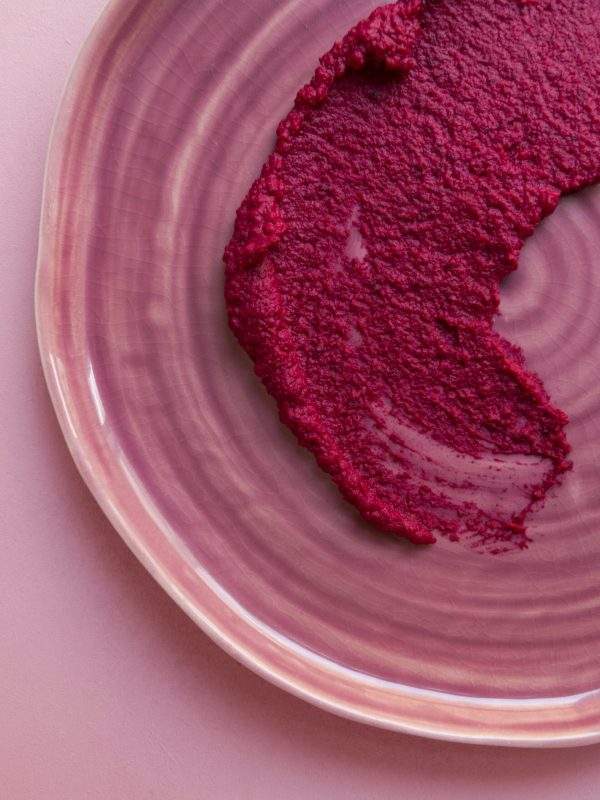Tomato paste, unlike tomato sauce, consists only of concentrated tomatoes. The tomatoes are cooked down and strained to form a thick, dense paste. Tomato paste does not contain preservatives or sugars. The reduction of the strained tomatoes results in a deep, rich, full-bodied flavor that is challenging to recreate with other methods. Using a good tomato paste is imperative for dishes that require this ingredient. If you don’t have a can of tomato paste handy, though, a good substitute or a homemade version will suffice.
Possible Substitutes For Tomato Paste
1. Tomato Sauce

Substitute two to three tablespoons of tomato sauce for every one tablespoon of tomato paste.
Although tomato sauce is much thinner than tomato paste and contains added sugars, it is still possible to use it as a substitute for tomato paste in a pinch. Tomato sauce contains a substantial amount of water and can be reduced by allowing it to simmer on the stovetop to thicken. If the recipe you’re using calls for additional water, skip it, since your sauce will still be thinner than traditional tomato paste.
2. Ketchup

Substitute two tablespoons of ketchup for every one tablespoon of tomato paste.
Ketchup is the least-recommended substitution on this list, since its thin consistency and many preservatives will greatly affect the flavor of your dish. However, you can still use it if it’s all you have in your pantry. It’s best if used with a tomato sauce, since it is challenging to thicken ketchup alone. Combining ketchup and tomato sauce will result in some of that bold flavor that tomato paste produces in so many dishes. Remember that both tomato sauce and ketchup are watery in consistency, and they will need to be reduced by being simmered down on a stovetop.
3. Stewed Tomatoes

Substitute four tablespoons of drained stewed tomatoes for every one tablespoon of tomato paste.
Stewed tomatoes are unequivocally the closest you will get to a perfect substitute for tomato paste. The flavor profile of stewed tomatoes is similar to that of tomato paste, since both are cooked down. Stewed tomatoes, however, are pre-seasoned. Additionally, they are not without extra liquid and require proper draining and simmering. Sauces made with stewed tomatoes are chunkier and not as smooth as sauces made using other alternatives, but stewed-tomato sauces are richer in flavor.
4. Freshly Chopped Tomatoes

Substitute five tablespoons of fresh tomatoes for every one tablespoon of tomato paste.
Fresh tomatoes from your local grocery store or farmer’s market may also be used as a substitute for tomato paste in some instances; however, because fresh tomatoes contain a significant amount of water, this may not always be ideal. Halve the tomatoes and then remove the seeds by scooping them out with a spoon or other utensil. Dice the tomato halves or purée them in a food processor. Then allow the tomatoes to simmer to reduce the amount of water in the fruit and to let the sauce thicken.
5. Red Bell Peppers

Substitute five tablespoons of bell peppers for every one tablespoon of tomato paste.
Red bell peppers are a good substitute for tomato paste — or for any tomato product, for that matter, if you happen to have an intolerance to tomatoes.
Like fresh tomatoes, red bell peppers must be seeded, chopped, puréed in a food processor or blender, and simmered to reduce the moisture and thicken the sauce.
How To Make Your Own Tomato Paste

Making tomato paste isn’t difficult, but it should be done the right way when you have plenty of time. Having a tomato paste of the right consistency and taste is integral to the flavor profiles of your recipes. Tomato paste consists only of concentrated tomato, which allows for a deep, full-bodied flavor that a thin tomato sauce will not be able to achieve without some tinkering.
This easy homemade tomato paste recipe can be prepared by any home chef with a stovetop, oven, or slow cooker. Only two ingredients are necessary: tomatoes and extra virgin olive oil. Begin by chopping the tomatoes, puréeing them, and passing them through a sieve to eliminate unwanted skins and seeds. Then slowly cook the tomatoes on the stovetop or in the oven or slow cooker until the water evaporates and the desired consistency is achieved.

You won’t always have a can of tomato paste on your pantry shelf, but luckily, there are many substitutions for that item. Tomato paste is also extremely simple to make at home, so you’ll never have to worry about running out again.
